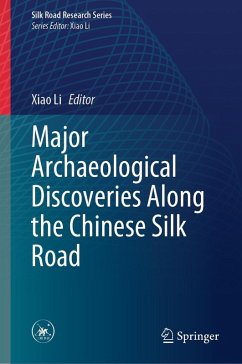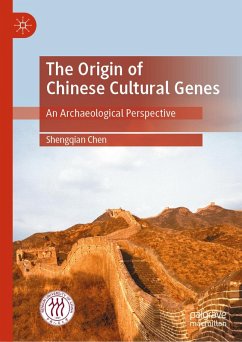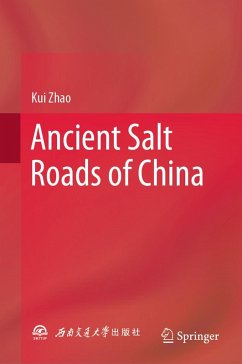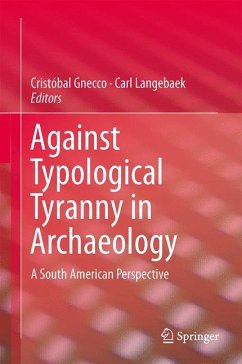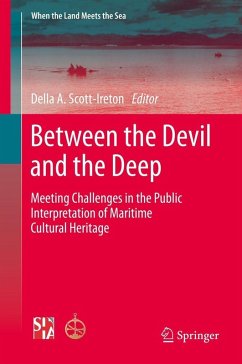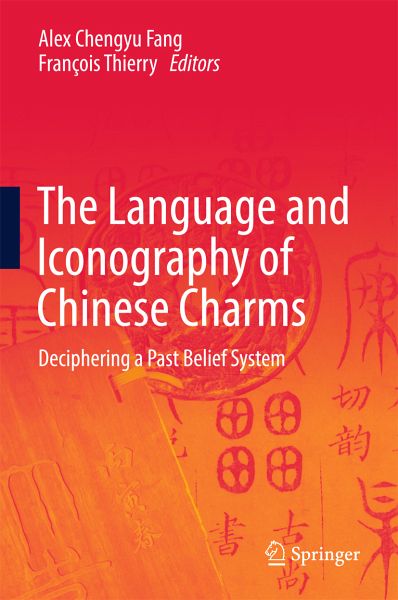
The Language and Iconography of Chinese Charms (eBook, PDF)
Deciphering a Past Belief System
Redaktion: Fang, Alex Chengyu; Thierry, François

PAYBACK Punkte
40 °P sammeln!
This book offers an in-depth description and analysis of Chinese coin-like charms, which date back to the second century CE and which continued to be used until mid 20th century. This work is unique in that it provides an archaeological and analytical interpretation of the content of these metallic objects: inscriptive, pictorial or both. As the component chapters show, these coin-like objects represent a wealth of Chinese traditional folk beliefs, including but not limited to family values, social obligations and religious desires. The book presents a collection of contributed chapters, gathe...
This book offers an in-depth description and analysis of Chinese coin-like charms, which date back to the second century CE and which continued to be used until mid 20th century. This work is unique in that it provides an archaeological and analytical interpretation of the content of these metallic objects: inscriptive, pictorial or both. As the component chapters show, these coin-like objects represent a wealth of Chinese traditional folk beliefs, including but not limited to family values, social obligations and religious desires. The book presents a collection of contributed chapters, gathering a diverse range of perspectives and expertise from some of the world's leading scholars in the fields of archaeology, religious studies, art history, language and museology.
The background of the cover image is a page from Guang jin shi yun fu ¿¿¿¿¿, a rhyming dictionary first published in the ninth year of the Kangxi Reign (1652 CE). The metal charm dates back tothe Song Dynasty (960-1279 CE), depicting two deities traditionally believed to possess the majic power of suppressing evil spirits. The stich-bound book in the foreground is a collection of seal impressions from the beginning of the 20th century. Its wooden press board is inscribed da ji xiang ¿¿¿ by Fang Zhi-bin ¿¿¿ in the year of bing yin (1926 CE).
The background of the cover image is a page from Guang jin shi yun fu ¿¿¿¿¿, a rhyming dictionary first published in the ninth year of the Kangxi Reign (1652 CE). The metal charm dates back tothe Song Dynasty (960-1279 CE), depicting two deities traditionally believed to possess the majic power of suppressing evil spirits. The stich-bound book in the foreground is a collection of seal impressions from the beginning of the 20th century. Its wooden press board is inscribed da ji xiang ¿¿¿ by Fang Zhi-bin ¿¿¿ in the year of bing yin (1926 CE).
Dieser Download kann aus rechtlichen Gründen nur mit Rechnungsadresse in A, B, BG, CY, CZ, D, DK, EW, E, FIN, F, GR, HR, H, IRL, I, LT, L, LR, M, NL, PL, P, R, S, SLO, SK ausgeliefert werden.



